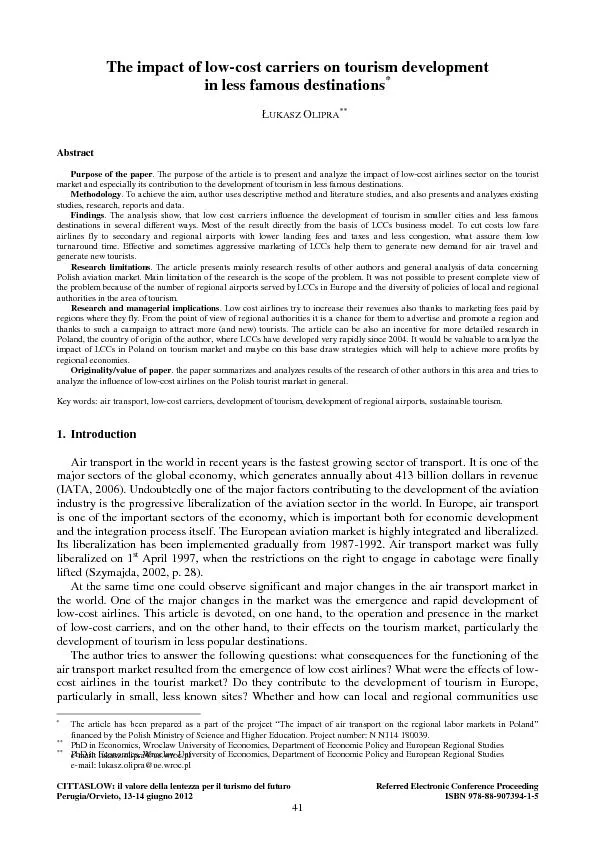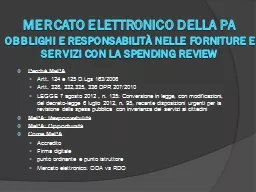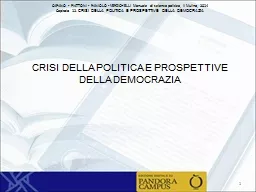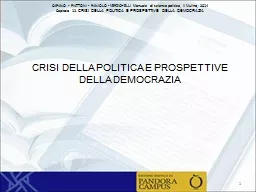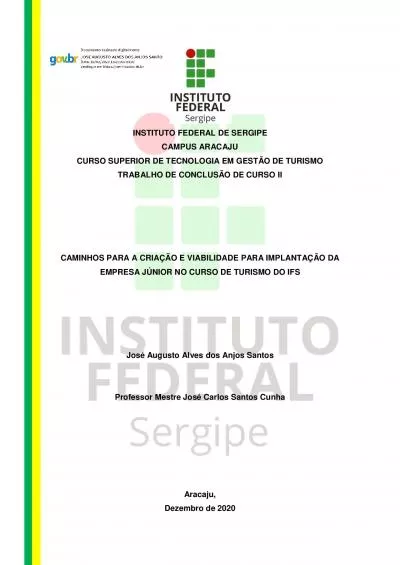PDF-il valore della lentezza per il turismo del futuro
Author : celsa-spraggs | Published Date : 2016-08-31
CITTASLOW Referred Electronic Conference Proceeding PerugiaOrvieto 13 14 giugno 2012 ISBN 978 88 907394 1 5 41 The impact of low cost carriers on tourism development
Presentation Embed Code
Download Presentation
Download Presentation The PPT/PDF document "il valore della lentezza per il turismo ..." is the property of its rightful owner. Permission is granted to download and print the materials on this website for personal, non-commercial use only, and to display it on your personal computer provided you do not modify the materials and that you retain all copyright notices contained in the materials. By downloading content from our website, you accept the terms of this agreement.
il valore della lentezza per il turismo del futuro: Transcript
Download Rules Of Document
"il valore della lentezza per il turismo del futuro"The content belongs to its owner. You may download and print it for personal use, without modification, and keep all copyright notices. By downloading, you agree to these terms.
Related Documents

